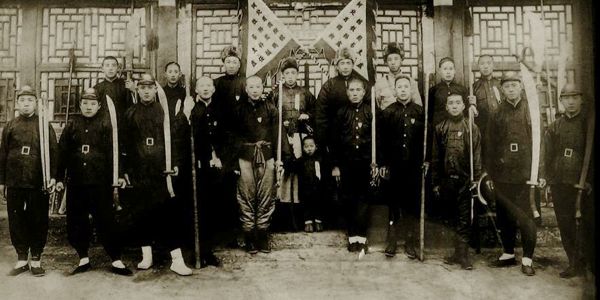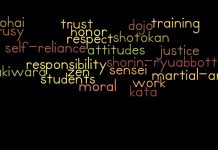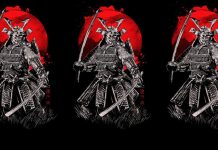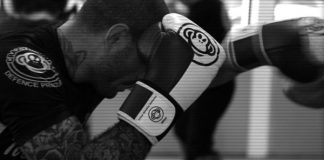When any two serious martial arts enthusiasts meet, the conversation will inevitably turn to martial arts lineage, and to these questions: Who do you train with? And who was his teacher? And … well, the questioning will go on ad infinitum until a name pops up that has an unmistakable aura of legend. In a further elaboration, each step of this “family tree” will eventually be examined for the person’s skills as a fighter and how complete his understanding and training in the art was.
This is especially true when two students of the same style but disparate backgrounds meet. Brazilian jujitsu practitioners have firm beliefs as to whether it is better to study from Rickson Gracie or Jean-Jacques Machado – though ultimately both men trace their roots to the same men. In wing chun circles, the rivalries between those in the Leung Ting family and … well, just about everyone else, but especially the William Cheung family, are legendary. In tae kwon do, there are so many splits that it’s impossible to keep track of every new split and feud that comes along.
It’s true that knowledge of one’s martial arts lineage can be useful, especially for a beginner. You might not have the expert eye needed to judge a teacher’s skills yet, but at least you can rest assured that he (or she) is probably legitimate.
But to compare lineages is almost always an exercise in egos, based on ignorant assumptions and insecurities. In a nutshell, these students are unsure of their own skills and abilities but hope to sell the idea (both to the other person and themselves) that some great martial art ancestor’s legendary prowess can somehow be passed onto them.
Thus, wing chun student “A,” whose teacher studied with a student of the great Wong Shun Leung (a wing chun practitioner famous for his victories in bare-knuckle matches in the 1950s) hopes to impress wing chun student “B,” whose teacher “only” studied with Moy Yat. Now, Wong Shun Leung and Moy Yat were classmates under the great Ip Man, but while Wong was better known for his fighting prowess and down-to-earth aggressive approach, Moy Yat is famed for his technical precision and understanding. But does that mean student “A” is necessarily a better fighter? Of course not. Nor does it mean A’s teacher is a better fighter than B’s. Yet, A’s pride from his lineage stems from one of two things he believes is true: that he can defeat B in a fight, and that his teacher can beat B’s teacher in a fight.
Such discussions cannot help but be quickly abandoned once this fundamental truth is recognized: studying under a great teacher does not automatically mean that you have any particular level of skill. Ip Man taught many, many students, and some of them, quite honestly, suck. To paraphrase Bruce Lee (by coincidence, also a Ip Man student), a teacher can only show you the way. It’s up to you to determine how far on the road you go, and that depends on your own blood, sweat, tears – and brainpower.
So the next time someone tries to draw you into a discussion about martial arts lineage, invite him to spar with you. It’s the only comparison that makes any sense.







